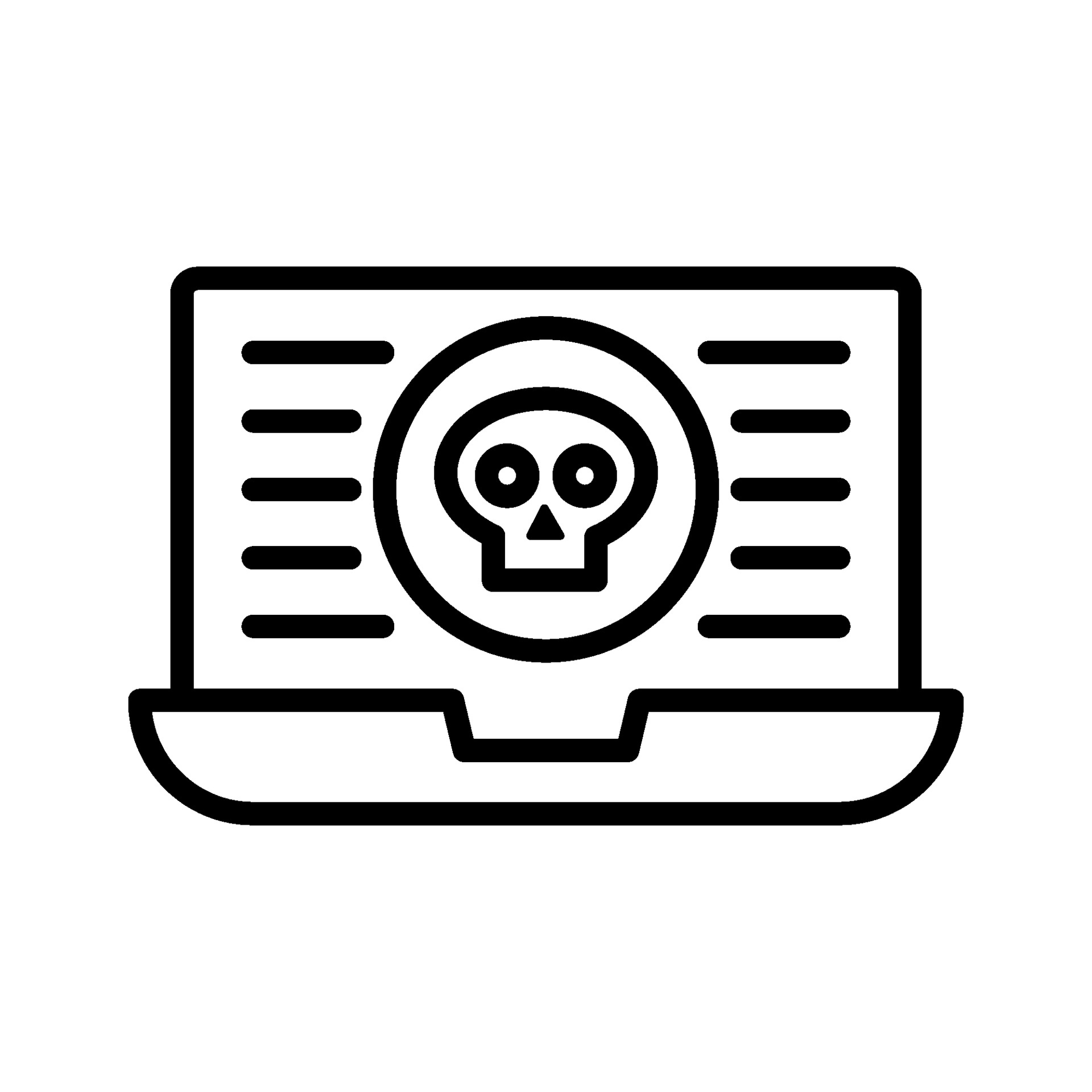Cyber threats should not be taken lightly. Cyber attacks can cause blackouts and military equipment failure and can be a national security concern. A cyber threat can lead to the loss of valuable and sensitive data like medical records or make communications unavailable to the public by disrupting the network. That is why it is essential for companies and organizations to establish cyber attack mitigation and prevent attacks on critical infrastructure to gain access and steal data.
Sources of Cyber Threats
A cyber attack can come from all directions, whether within the company or from a remote location on the other side of the planet. Identifying the source of the threat and having proactive cybersecurity risk mitigation is an important part of preventing a successful cyber attack from disrupting the network. These malicious threat actors may include the following:
- Criminal organizations with large numbers of employees develop attack vectors and execute attacks
- Individuals who create attack vectors
- Nation-states
- Terrorist groups
- Industrial spies
- Organized crime groups
- Insider threats
- Hackers and cyber criminals
- Business competitors
Cyber Defense is a Must
Any organization or business running its networks must establish network access controls and implement the best cyber defense practice possible, including consistent cyber risk assessment, installing security systems and security solutions, and cyber risk mitigation.
For individuals, the best practice is basic and simple. Having anti-virus software installed on your computer is a good start. Habitually changing your alphanumeric password can go the distance regarding cyber defense. Lastly, being vigilant in identifying phishing attacks can help prevent an individual from being a victim of a cyber attack.
Effective Cyber Defence Tools
Despite the emergence of cybersecurity threats, there are tools that can be used to prevent or even stop data breaches, unauthorized access, identity theft, and phishing attacks from happening in our computer network and disrupting digital operations. Many new services and technologies are coming onto the market, making it easier to mount a robust defense against cyber threats.
- Threat Detection Tools – also known as extended detection response (XDR), is an integral part of a company’s cybersecurity portfolio that acts as a first responder in detecting if there is any malicious code or malicious software in the network.
- Vulnerability Testing Tools -well-known cybersecurity companies offer crowdsourced cybersecurity services composed of professional white hat hackers that can identify your company’s security vulnerabilities and inform your security team.
- Outsourced Security Providers – various cybersecurity companies have emerged and offer services to protect your network from advanced persistent threats.
- Device Management Point Solution – pinpoints the weakest part in your network by exposing it across all network organizations with services ranging from device tracking software to remote wipe to disk encryption.
Download our Free CCNA Study Guide PDF for complete notes on all the CCNA 200-301 exam topics in one book.
We recommend the Cisco CCNA Gold Bootcamp as your main CCNA training course. It’s the highest rated Cisco course online with an average rating of 4.8 from over 30,000 public reviews and is the gold standard in CCNA training:

